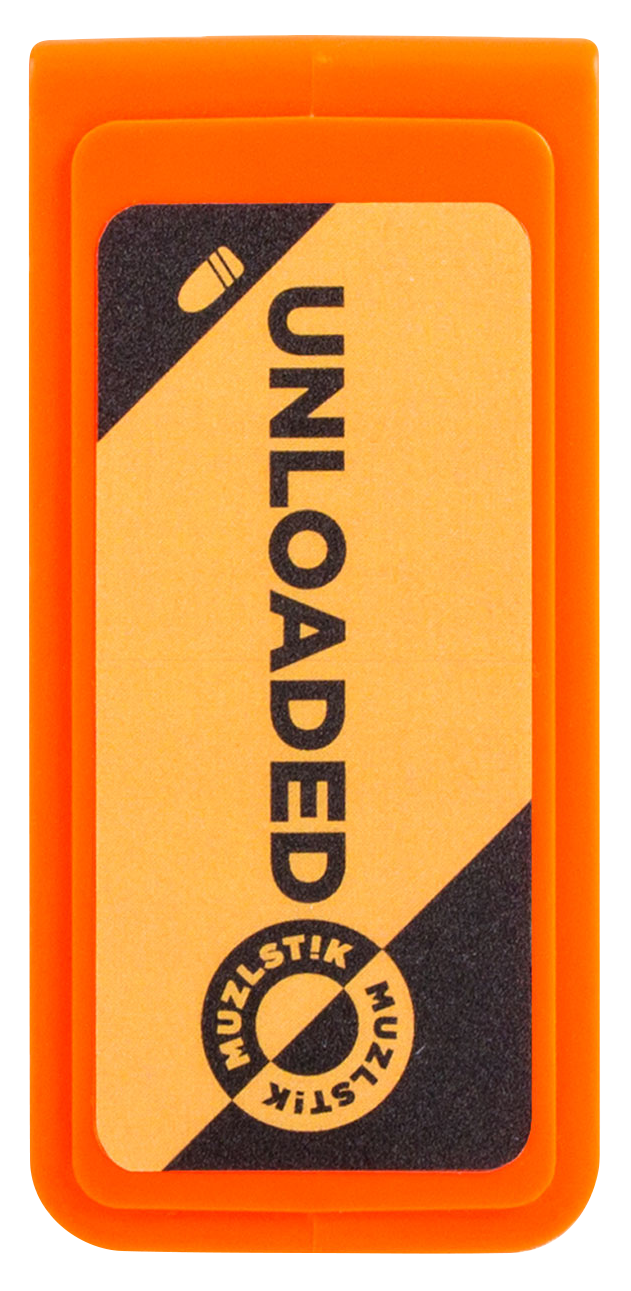Here at Muzlstik headquarters in The Ohio Valley region, there’s still another six weeks of deer hunting season. But even if big-game hunting isn’t an option where you live, there’s no reason to stay indoors. You can get out there and hunt everything from quail to bobcat as the temps drop.
Many enjoy the unique experience of winter hunting, but it can come with some added dangers. With that in mind, here are our top five recommendations for a safe and fun winter weather hunt.
Tip 1: ALWAYS follow the 10 Golden Rules of Hunting.
By now you should know these like the back of your hand, but in case you need a reminder, the 10 most important rules of gun safety are as follows:
Assume every gun is loaded and use chamber flags as an added precaution.
Keep the muzzle pointed in a safe direction.
Don’t touch the trigger until you’re ready to shoot.
Make sure every firearm is unloaded when not in use.
Do not rely on your gun’s safety.
Know your target and what is around it.
Always wear protective gear.
Know your firearm and use the correct ammunition.
Be cautious if your gun fails to fire after a trigger pull.
Don’t alter your firearm and don’t forget routine maintenance.
Tip 2: Make sure someone knows where to find you.
Before you head out for any winter hunting excursion, make sure your preferred emergency contact has the “three Ws”—who is coming with you, where you will be and when they should expect you to return.
Tip 3: Hope for the best, but prepare for the worst.
For starters, this means preparing your firearm by thoroughly cleaning it (without using lubrication, which can gum up and cause the action to stick). This is especially important in the winter months when lower temperatures can cause your firearm to malfunction.
Once your firearm has been cleaned, affix it with a brightly colored chamber flag so that you and others in your party will know the gun’s status at a glance.
Additionally, you will want to load your vehicle with supplies in case your party becomes lost or stranded for any reason. Always carry GPS and a basic first aid kit, as well as food, water, blankets and other common camping necessities.
Tip 4: Wear the right clothes for the season.
When hunting during the winter months, staying warm means staying dry. The best way to stay dry in a tree stand or on the ground is by choosing your wardrobe carefully. Purchase good-quality thermal undergarments and wear multiple layers so that you can shed them if you get too warm or if your top layers get wet.
When it comes to staying warm and dry, accessories matter. Invest in lightweight, waterproof jackets and footwear, and be sure to protect your ears, fingers, toes and other extremities that are especially vulnerable to frostbite. Pro tip: Carry warming packets to keep your hands warm in between shooting.
Tip 5: Know the signs of hypothermia.
Hypothermia can strike quickly in the winter months, so pay very close attention to how you and other members of your party are feeling during the hunt.
Shivering is a classic early sign of hypothermia that can worsen quickly, so it’s important to act fast. If you notice someone shivering, help them remove any wet clothing and apply dry additional layers and blankets. If the shivering persists, find shelter as quickly as possible in a truck, home or cabin. If you are too far from shelter, start a fire and provide body heat as needed until the affected person stops shivering and regains a normal body temperature.
Have other questions about safe hunting, or want to connect with our partners at the International Hunter Education Association USA? Contact us here!






